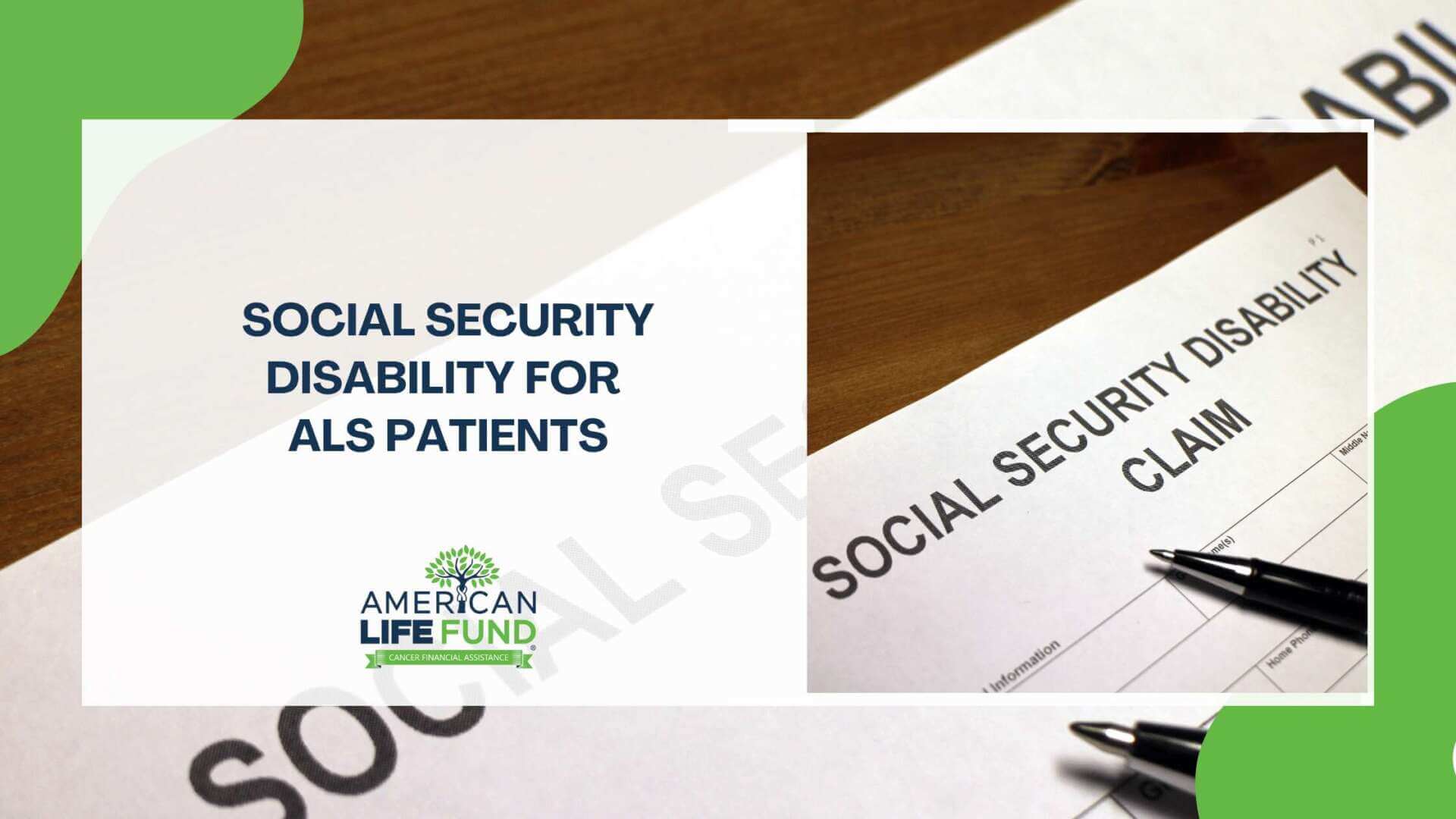Policyholders can access a lump sum cash payment during treatment through a viatical settlement, using the policy’s face value to cover medical expenses.
Medical treatment comes with exact figures, not just emotional weight. For cancer patients, the average monthly cost of medical bills, medication, and ongoing care expenses can reach $10,000 or more depending on insurance status. Some chronic illness treatments involve up to 40 hours a month in care management and repeat diagnostics. That is time lost, energy spent, and income interrupted.
A viatical settlement offers an actionable financial solution. Instead of waiting on a policy’s future payout, policyholders can receive a lump sum cash payment now by working with a licensed viatical settlement company. The life insurance policy is transferred to the company, who takes over the premium payments, while the policyholder receives a lump-sum cash payment in exchange. This method helps cover medical costs, household bills, and care planning in real time. Every dollar moves with purpose.
How a Viatical Settlement Works
A viatical settlement is a formal transaction between the policyholder and a viatical settlement company, unlocking the cash value of a life insurance policy. Once an application is submitted, the company orders a life expectancy report from a third-party medical underwriter.
After the report is reviewed, the company makes a formal cash offer. This is not guesswork, settlement values are calculated using current market rates, policy premiums, the policy’s face value, and underwriting risk to the investors. Policies with a higher policy amount, shorter life expectancy, and stable policy premiums tend to result in stronger offers.
Once an agreement is made, ownership of the policy is legally transferred to the viatical settlement company the policy is being sold to The insurance company is notified, and the buyer begins paying the policy premiums. The insured person no longer carries any payment responsibility. All premium payments are handled by the new owner, and the seller receives their lump sum cash payment, typically within a few weeks.
This is a financial transaction, not a benefit program or financial aid option. There are no restrictions on how the money is spent. Some use it to pay off mortgages, while others fund private long term care, home renovations, or cost-intensive therapies that fall outside traditional insurance coverage.
Only active policies are eligible. To qualify, the policy must be in force for at least two years, though some state level exceptions allow for shorter windows. Each case is reviewed individually. Larger policies tend to attract more interest from life settlement providers, who see them as high-yield opportunities due to the expected investor’s return.
Understand how a viatical settlement actually works from the inside out in our full breakdown of what a viatical settlement involves.
How Much Money Can You Receive From a Viatical Settlement?
Many policyholders don’t know that viatical settlements can result in a lump sum payment worth up to 70 percent of the life insurance policy’s face value. If a policy carries $500,000 in coverage, that can translate into a lump sum cash payment of $350,000 or more. This is not a capped system. It’s a calculation based on the policy amount projected life expectancy, and current policy premiums. Larger policies with stable premiums tend to receive higher offers.
The viatical settlement proceeds are not taxed under federal law when the policyholder meets the IRS’s definition of terminal illness. This is written directly into the tax code and applies in nearly all cases for individuals receiving settlements due to chronic illness or other qualifying diagnoses. That means every dollar received can be used to cover medical costs, in-home long term care, home modifications, debt clearance, or personal planning.
Once the offer is accepted, the funds are placed in escrow until the insurance company completes the ownership transfer. The entire settlement process takes an average of two to four weeks, depending on documentation and state-specific compliance requirements. After that, the full lump sum payment is released to the insured person, and premium payments are no longer their responsibility. This is financial clarity—not a loan, not assistance, and not delayed.
Not sure if your policy qualifies? Use this eligibility guide to find out what factors lead to real offers.
What Happens After You Sell Your Policy
A viatical settlement is final. Once sold, the life insurance policy becomes the property of a third party investor, and the policyholder receives their lump sum cash payment. There are no ongoing obligations. You no longer make premium payments, you are no longer listed on the policy, and all claim responsibilities move to the new owner.
The investor now manages the policy premiums and assumes all costs. When the insured person passes away, the investor collects the policy’s death benefit as their return. This is a regulated financial transaction, monitored at the state level by insurance commissioners, with legal protections in place to ensure the terms are followed.
That is what you exchange for immediate access to your policy’s cash value. Instead of waiting for future death benefit distribution to a beneficiary, you unlock that value now. For many seriously ill patients, that decision provides control over how the money is used, whether that’s paying for advanced care, covering family expenses, or funding meaningful experiences.
There are no rules on how the viatical settlement proceeds are spent. A client may use their lump sum to pay off a mortgage or long term care at home. Another could support medical expenses not covered by their insurance policy, including cell therapy and caregiver stipends.
After the ownership transfer, the insurance company confirms the update and the policy moves entirely under the buyer’s name. No further updates, no more billing notices, no future claims tied to the seller.
See what defines a top viatical settlement company and how the right team can turn your policy into a real financial solution.
Viatical Settlement Taxation Applies Differently When a Life Insurance Policy Is Sold for Its Cash Value
The average cost of hiring a licensed financial advisor ranges between $150 and $400 per hour. Tax advisors charge anywhere from $200 to $1,000 for a single review. These are not optional expenses, they’re survival costs for people trying to structure their finances in the middle of a medical crisis. When medical expenses are already stacking up and savings are drained, professional advice becomes just another bill. And that’s where a viatical settlement becomes more than a choice. It becomes financial oxygen.
Under IRS Section 101(g), most viatical settlement proceeds are tax free if the policyholder meets the federal definition of a terminally ill individual. That means when a life insurance policy is sold, the lump sum cash payment does not reduce under income tax, the money received is kept whole. There’s no requirement to spend it a certain way. Clients use it to fund long term care, eliminate debt, support dependents, or simply reorient their financial situation with confidence.
This is not just about taxes. It’s about what happens when the insured passes, and how the value of that policy is either delayed for someone else or delivered now, directly to the person living through it. Choosing a viatical settlement redirects the policy’s death benefit to the present, when it can be used for real decisions in real time, not hypothetical plans later.
If your medical bills are adding up, compare funding options in our financial assistance for cancer patients guide.
Common Misunderstandings About Viatical Settlements
Many people assume a viatical settlement is out of reach. The truth is, qualification is often easier than expected. You do not need to be in hospice. You do not need to cancel your coverage or plead with your insurance company to unlock value. This is a structured sale, not a handout or hardship claim.
Some believe only whole life policies qualify. In reality, term life, universal life, and group life insurance policies are eligible—if they’ve been in force for at least two years. It’s the face value, premium structure, and underwriting that matter most to us, not just the type of insurance policy.
Another common misconception is that selling the policy will affect a spouse’s benefits or cause automatic denial from government programs. In most states, viatical settlement proceeds do not count toward taxable income, provided the transaction aligns with IRS rules. If you’ve already burned through savings trying to cover medical bills or other costs, this is a huge relief.
Finally, people hesitate because they think accepting a settlement means they’re “giving up.” That couldn’t be further from the truth. This is not a surrender. It is a choice to convert a fixed asset into cash while you still control how it’s used. It’s about reshaping your financial situation to match the moment you need it most.
Get a same-day review and find out how much your policy could be worth—see if you qualify now.
Is a Viatical Settlement the Right Option for You?
If your priorities have shifted from long-term planning to short-term impact, it may be time to reassess what your life insurance policy is doing for you now.
Viatical settlements are not reserved for edge cases or financial collapse. They exist because people living with a chronic illness often need flexible capital to respond in real time. This includes relocating for care, modifying a home for accessibility, hiring private aides, or covering the costs of extended treatment when health insurance stops short.
This is a tool for people who are still making decisions, not waiting for outcomes. Some choose to use their lump sum cash payment to manage family affairs. Others put it toward business handovers, relocation, or financial gifts.
If you’re spending down savings to manage premium payments, taking loans to cover medical costs, or leaning on credit to maintain stability, the value locked inside your insurance policy may already exceed the stress of keeping it intact. Viatical settlement companies operate in a regulated space. Offers are based on actuarial data, not assumptions. And once the offer is made, the decision is entirely yours.
The right time to consider a settlement is not defined by anyone else’s expectations. It’s measured in hours spent dealing with finances, days lost to planning, and the energy it takes to hold everything together. If the answer to “can I do more with it now than later?” is yes, then that’s your sign to look seriously at this financial option.








